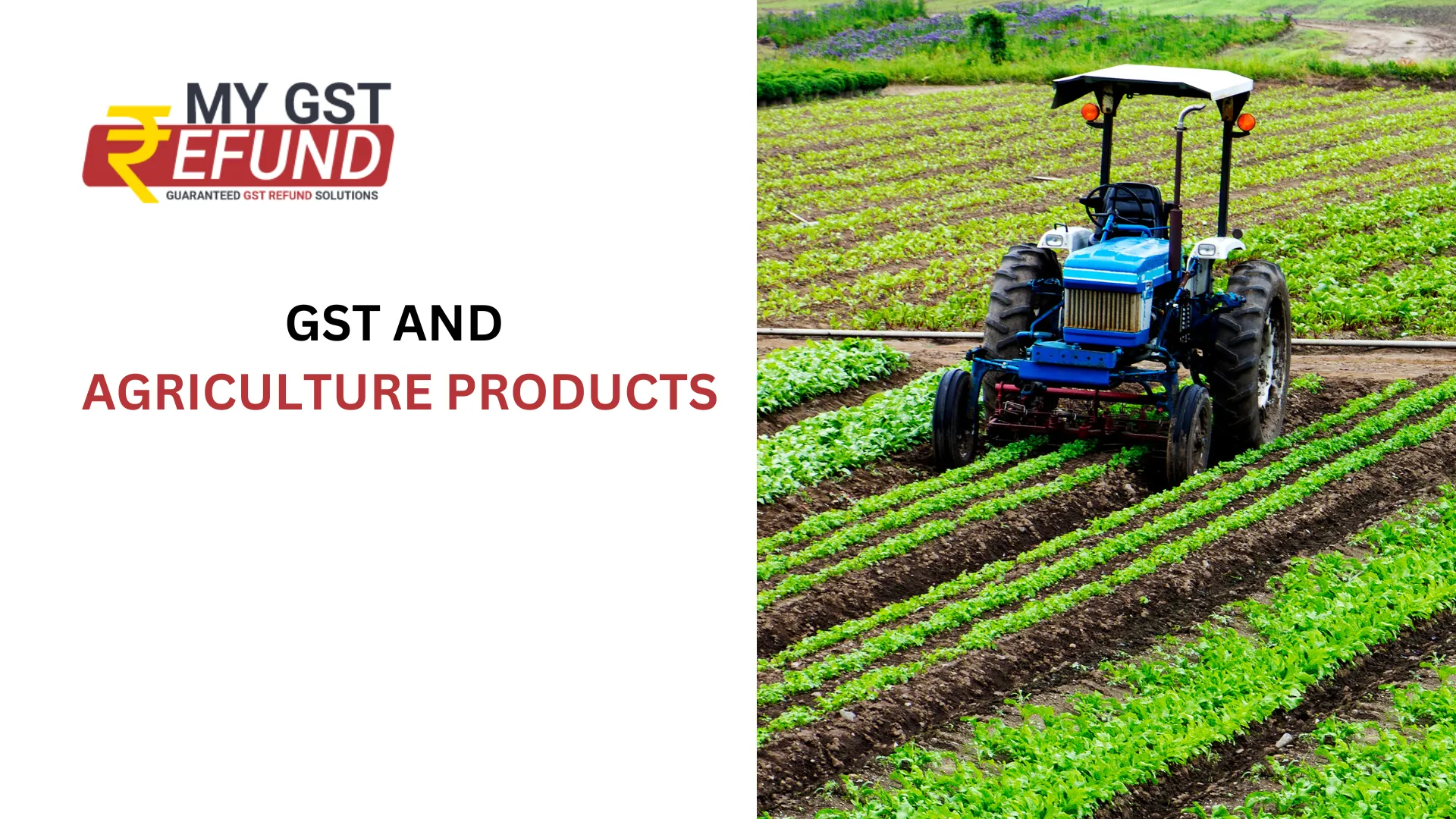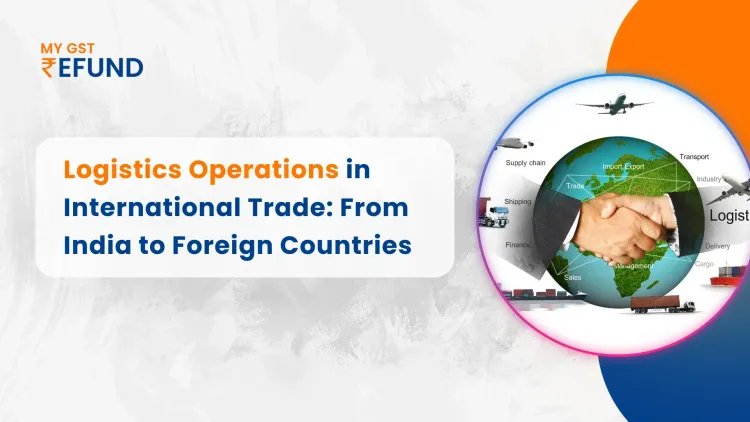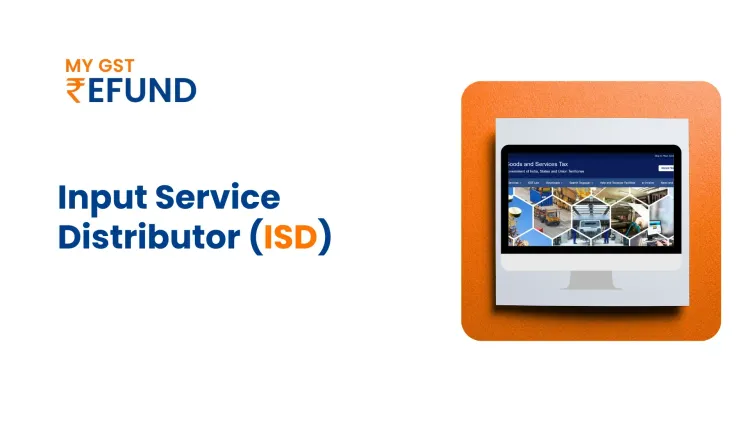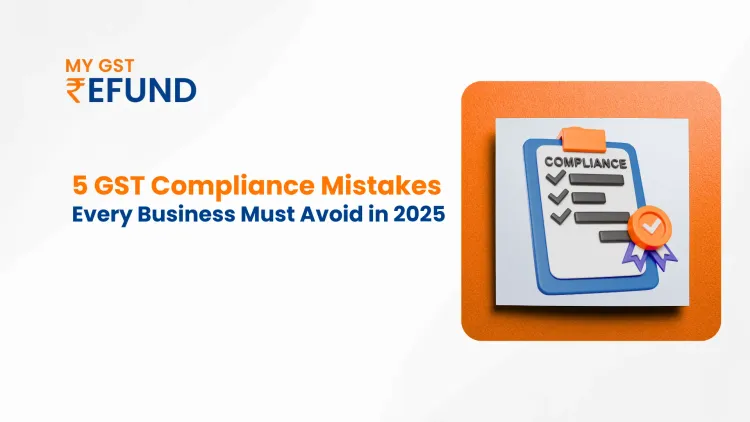GST AND AGRICULTURE PRODUCTS
In 2017, the Indian government introduced a Goods and Services Tax (GST), which is a type of tax applied to goods and services. It was designed to simplify the tax system by combining various indirect taxes into one. The main goals of GST were to make taxation more efficient, eliminate the problem of taxes being applied multiple times (known as cascading tax), and boost exports while making it easier to do business.
Around the same time, the electronic National Agricultural Market (eNAM) was launched in 2016. This platform aimed to bring together different Agricultural Produce Market Committees (APMCs) into one national marketplace for agricultural products. The purpose of eNAM was to improve how prices are determined, increase transparency, and reduce wastage in agricultural trade.
It's predicted that the implementation of GST will have a significant impact on the Indian agricultural sector. This sector contributes about 16% to the country's Gross Domestic Product (GDP) and employs a large portion of the workforce, with more than 50% of people working in agriculture. This paper will assess how GST influences various aspects of agriculture, including inputs, outputs, supply chains, and overall growth.
GST and Agricultural Inputs
Under the Goods and Services Tax (GST) system, the taxes on bio-fertilizers, organic manure, compost, and chemical fertilizers have been reduced from 5-7% to 0-5%. This means that these fertilizers are now cheaper for farmers to buy. Cheaper fertilizers encourage farmers to use them more, which helps them grow healthier crops and get better yields.
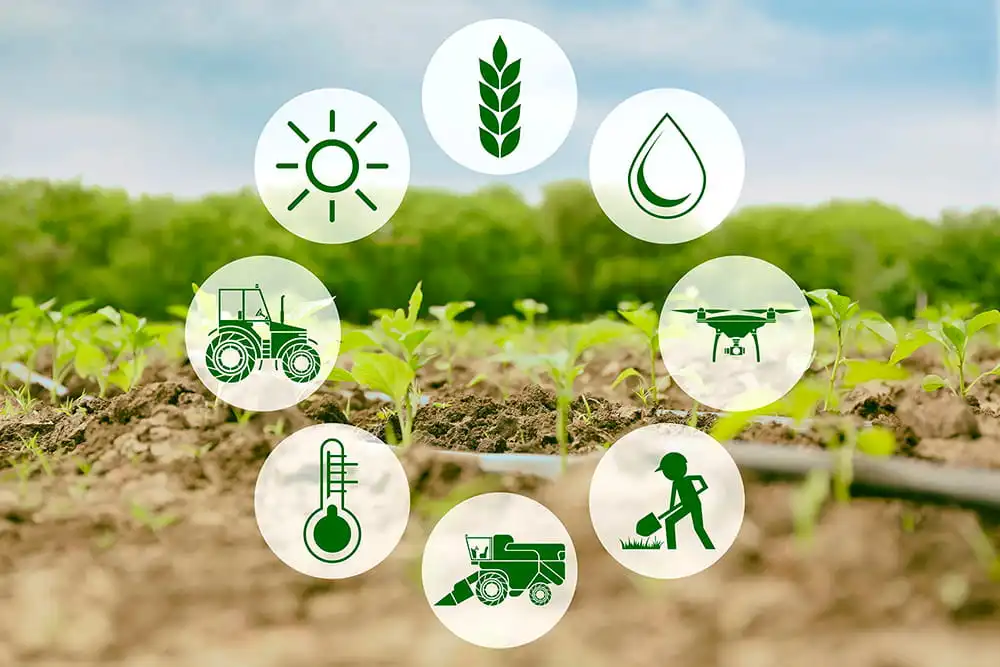
The tax rates on farm equipment and machinery have also decreased. Previously, they were taxed at rates between 13-15%, but now they are taxed at 12%. However, the tax on tractors went up slightly from 5% to 12%. But tractors with smaller engines (below 1800CC) that are used for farming still don't have any tax, which means they remain tax-free.
Lower taxes have made it cheaper for farmers to buy the things they need to grow crops. Before the Goods and Services Tax (GST), things like seeds, fertilizers, and pesticides had taxes of 5% to 15%. But now, those taxes have been reduced to nothing or just 5%. This means farmers spend less on these important things.The tax on farm machinery, like tractors and harvesters, used to be as high as 14.5%, but now it's mostly 12%. This makes it easier for farmers to buy the machines they need for their farms. With lower taxes, companies that make and sell agricultural supplies have more money to work with. This helps them keep plenty of supplies available for farmers. Studies show that after GST started, the cost of growing crops went down by 3-8%. That means farmers are making 5-12% more money from their crops.
So, because GST made it cheaper for farmers to buy what they need, they can grow more and make more money.
GST and Agricultural Outputs
Under the Goods and Services Tax (GST), most basic food items like cereals, meat, fish, fruits, vegetables, milk, and eggs either have no tax or are taxed at a low rate of 0-5%. Only luxury or fancy food items have higher taxes of 12% or 18%.Things like raw grains such as rice, wheat, and corn have always been tax-free, and they still are under GST. But things made from these grains, like flour, used to have a 5-6% tax, which is now 0-5% under GST. Fresh fruits, vegetables, eggs, and milk used to have taxes of 4-8%, but now they're tax-free in most places. Even processed versions like fruit juice, packaged milk, and egg powder used to have taxes of 12-15%, but now they're just 5% under GST. Because taxes are lower, prices are lower too, making people want to buy more. This helps companies that make food, because they can offer better prices to the farmers who supply them, thanks to lower taxes on the things they need to make food.GST also made it easier to move food between states, store it, and sell it. This means less food goes bad before it gets sold, and prices stay more stable for both farmers and shoppers.
So, GST made it cheaper for people to buy food and made it easier for farmers to sell their crops, leading to more food being produced and sold.
GST and Agricultural Supply Chain
The introduction of GST is expected to help agriculture grow by making it more profitable, giving farmers better access to markets, encouraging more investments, and increasing the use of machines on farms. Since GST started in 2017, the costs of things farmers need have gone down, and the prices they get for their crops have stayed steady. This has meant that farmers are making more money. In the first year of GST, farmers' incomes grew by over 10%, compared to just 2.9% in the year before.GST has also made it easier for farmers in far-off places to sell their crops by connecting them to bigger markets and letting them sell directly to big buyers. Because farming equipment is tax-free under GST, more farmers are using machines like tractors and harvesters, which has made farming more efficient and increased crop yields. More food processing factories are opening because of GST, which means they need more crops like grains, milk, meat, fruits, and vegetables. This has given farming an extra boost. According to the government, the agriculture sector grew by 2.7% in the year after GST started, which is a lot more than the 0.7% growth the year before.GST has also made it quicker to move food between states, and it's encouraged the building of new, modern storage places to keep food fresh. Plus, because of lower taxes, more food is being processed, which means it lasts longer and farmers get better prices.
Overall, GST has helped make farming more modern and efficient, reduced waste, increased food processing, and made it easier to get food from farms to stores, all of which help farmers grow more and make more money.
GST and Agricultural Growth
The introduction of GST has made it easier to move and store agricultural products. Before GST, there were many taxes on things like transporting and storing food, but under GST, these taxes have been combined into one, making it cheaper by around 15-25%. Charges for keeping food in cold storage used to have high taxes too, but now they're lower under GST, which encourages more investment in things like cold storage rooms. Before GST, there were taxes on making food and on selling it to other states, but GST got rid of that, which helps food processing centers grow. The eNAM platform brings all the different agricultural markets in India together, making it easier to find out how much things are worth and making it simpler to trade things like grains, spices, fruits, and meat across the country.
So, because of GST, it's cheaper to move and store food, which means less food goes bad and it's easier to trade food all over India. This has led to more money for farmers, better living conditions, and more money being lent to farmers to help them grow more food.
Conclusion
The Goods and Services Tax (GST) has been good for Indian farming. It's made buying and selling farm stuff easier and cheaper, so farmers can grow more crops and make more money.But there are still some things that could be made simpler, like the rules for farm insurance and the taxes on farm machines. Also, if fuel taxes were included in GST, it could make things even better for farmers.By combining the new farm laws with GST, farming could grow even more.Even though there were some problems at first, like food prices going up, GST has been mostly helpful. It's made markets work better, made it easier to process food, and made it easier to trade food between states. With the right support from the government, GST could make farming in India even better by helping farmers make more money and making sure there's always enough food.
FAQs
Q.1 How has GST benefited farmers?
Ans. GST has been good for farmers because it lowered taxes on things they need to grow crops, like seeds, fertilizers, and equipment. This made it cheaper for them to produce crops. Also, it's easier for them to get the things they need because of the input tax credit. With GST, they can sell their crops all over India, which means they can get better prices for what they grow.
Q.2 How has GST lowered transportation overheads?
Ans. GST made it cheaper to transport things by removing checkpoints between states. Before, at these checkpoints, some goods would go bad, and trucks would waste fuel waiting in line. Now, with GST, there's less paperwork too because one document, called an e-way bill, replaces lots of different state permits. This has made it 20-30% cheaper to move things around, which means farmers can sell their crops in more places.
Q.3 How does GST benefit small farmers?
Ans. GST helps small farmers by giving them an option called the Composition Scheme. This lets them file simpler tax returns every three months without needing to worry about input tax credits. It makes things easier for them to follow the rules, even though there are some special allowances to help them adjust to GST.
Get free access to India's first-ever Automated platform for GST Refund .
Related Posts




